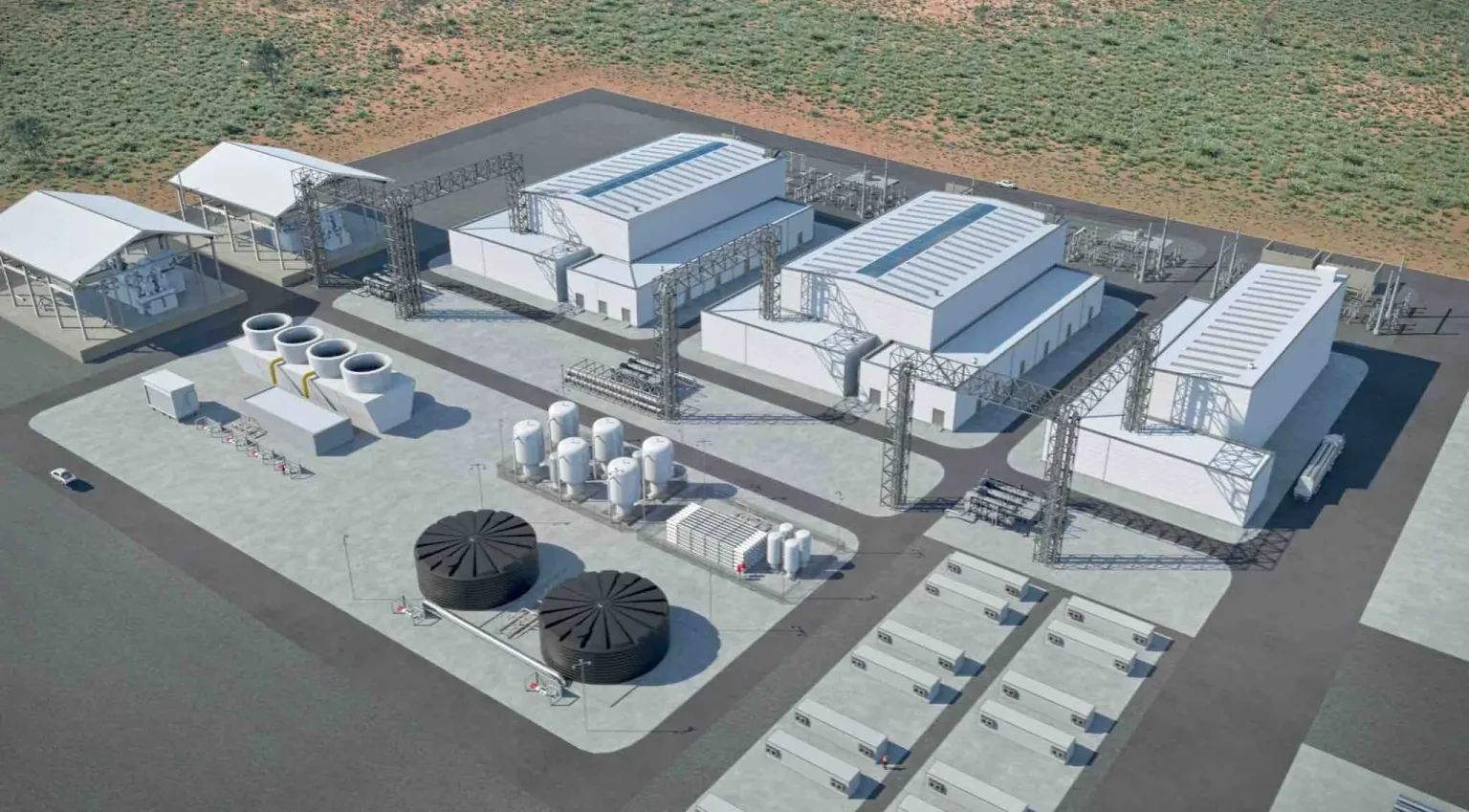South Australia’s decision to defer its €593 million Hydrogen Jobs Plan underscores the tension between long-term decarbonisation goals and immediate industrial imperatives. Originally slated to deliver a 200 MW green hydrogen power plant and large-scale electrolyser at Whyalla by early 2026, the flagship project would have supported both the transition to “green steel” at Whyalla Steelworks and provided dispatchable power as the state moves toward 100 per cent net renewables by 2027.
Yet, following the financial collapse and government takeover of the Whyalla Steelworks, nearly A$600 million was reallocated to a A$2.4 billion steelworks rescue package. This pivot reflects a strategic recalibration: rather than funding nascent hydrogen infrastructure, authorities opted to safeguard the state’s largest industrial employer, channeling construction resources and capital into “sovereign steel” manufacturing.
Despite Premier Peter Malinauskas describing the hydrogen plant’s suspension as “deferred,” the Australian Energy Market Operator officially withdrew the 200 MW facility from its project pipeline in April 2025. The four 50 MW GE Vernova turbines ordered under a November 2024 contract are now up for sale, with the government expecting to recoup “the vast majority” of the capital expended. With global gas turbine prices surging and lead times extending beyond 24 months, market interest in second-hand hydrogen-capable units may be strong, though their redeployment site remains to be determined.
The abrupt shift raises critical questions about the economic model for hydrogen power in a region endowed with world-class wind and solar resources. Renewable electricity costs in South Australia have plunged below AUD 30/MWh, yet the round-trip efficiency losses of hydrogen electrolysis, storage, and reconversion render green H₂ power plants up to three times more expensive per MWh than direct renewables. Absent firm offtake agreements or competitive dispatchable pricing, even heavily subsidised projects struggle to close the gap against gas peakers or battery storage for grid balancing.
Administratively, the Office of Hydrogen Power SA was disbanded, its functions absorbed into the Department for Energy and Mining. Sam Crafter, former head of Hydrogen Power SA, now leads “Whyalla Steelworks Industrial Transformation,” focusing on decarbonised iron and steel production rather than hydrogen infrastructure development. Meanwhile, the fate of the Office of Northern Water Delivery and its proposed 260 ML Eyre Peninsula desalination project is similarly uncertain.
South Australia continues to pursue hydrogen initiatives—most notably the Port Bonython Hydrogen Hub—and feasibility studies for sustainable aviation fuel at Whyalla by Zero Petroleum. However, the Whyalla deferral exposes a broader policy risk: when flagship projects falter, the underlying ecosystem of electrolyser manufacturers, utility-scale turbine suppliers, and hydrogen logistics developers faces renewed market skepticism. With only a handful of green hydrogen projects globally having reached financial close (less than 10 per cent according to BloombergNEF), governments must align funding, regulatory certainty, and offtake frameworks to de-risk investment and prevent cycling between announcements and cancellations.
Ultimately, South Australia’s pivot highlights the trade-off between nurturing an emergent green hydrogen sector and meeting immediate industrial and political priorities. Whether redeployed turbine assets and redirected funds can catalyse a sustained hydrogen economy—or merely compensate for the shortcomings of past promises—will shape the state’s decarbonisation trajectory in the years ahead.
